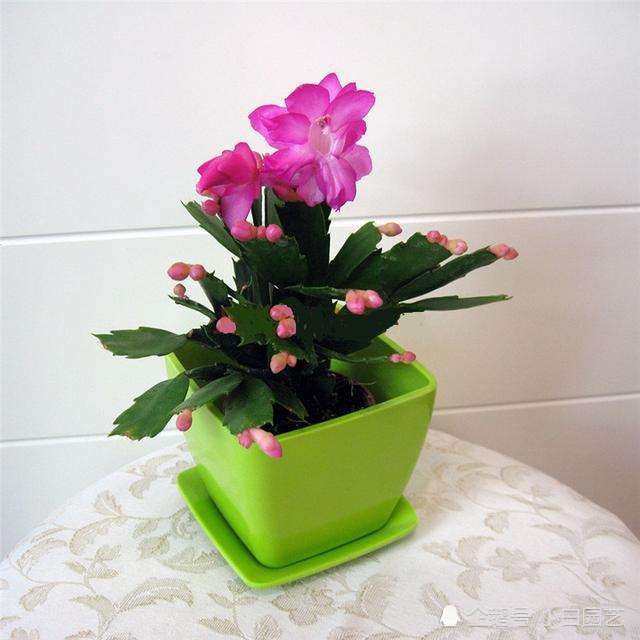I have a little suggestion about orchid soft rot.

What is soft rot? To put it simply, once an orchid suffers from soft rot, its leaves turn brown (black), and become soft, and then slowly rot. The disease can still be very dangerous, and when it is serious, the whole orchid may suffer. Moreover, the thicker the leaves of orchids, the more they like soft rot.
The blackening and softening of the leaves is not a symptom of the initial stage of soft rot. At the beginning, there are some small white spots in the shape of the leaves, which will slowly expand, and the color will slowly become darker, usually showing dark brown after two days. As these patches spread, in severe cases, the whole leaf will fall softly, rot out of the water, and be accompanied by a bad smell.
One condition for orchids to develop soft rot is dampness. One is the high humidity of the air, such as continuous overcast and rainy weather, etc., under such natural conditions that can not be changed, we should first avoid letting orchids get caught in the rain, and then ensure the ventilation and ventilation of the maintenance environment, so that the leaves are as ventilated, dry and fresh as possible.
Another reason may be artificial overwatering. Too much watering will result in stagnant water or too much water content in the basin, and the leaves will also be affected by the wet soil layer and wet. All these accelerate the spread of germs to some extent. Therefore, although the orchid likes to be wet, it can not be made stagnant or too moist. It is not only easy to rot its roots, but also easy to get sick.
There may also be man-made wounds in the planting process, or wounds left by insect bites. If these wounds are dry, they are easier to heal and less likely to be infected. In the environment of poor ventilation and high humidity, the wound is easy to rot, which also gives other bacteria a chance to take advantage of.
If a small wound is found, it can be sprayed with potassium permanganate or carbendazim diluted 8-1000 times to sterilize the wound. For those old, weak and diseased leaves that are not growing well, prune them if they can, so as not to consume excess nutrients or affect the growth of other healthy diseased leaves.
- Prev

Here comes the law of succulent soil again. Hide it and keep it in reserve.
What is soft rot? To put it simply, once an orchid suffers from soft rot, its leaves turn brown (black), and become soft, and then slowly rot. The harmfulness of this kind of disease will still be very strong, when it is serious.
- Next

Why does crab claw orchid grow white spot? What should we do?
Many friends like to cultivate several pots on the balcony at home, which can be used to beautify the environment and watch. Plants, like animals, need our careful care and take corresponding management measures. Some friends are raising plants.
Related
- Wuhan Hospital Iron Tree Blooming Result Was Instantly Frightened by the Gardener Master
- Which variety of camellia is the most fragrant and best? Which one do you like best?
- What is the small blue coat, the breeding methods and matters needing attention of the succulent plant
- Dormancy time and maintenance management of succulent plants during dormancy
- Minas succulent how to raise, Minas succulent plant pictures
- What are the varieties of winter succulent plants
- How to raise succulent plants in twelve rolls? let's take a look at some experience of breeding twelve rolls.
- Attention should be paid to water control for succulent plants during dormant period (winter and summer)
- Watering experience of twelve rolls of succulent plants
- Techniques for fertilizing succulent plants. An article will let you know how to fertilize succulent plants.

